If you are familiar with computers, then you must know that every component inside your computer generates heat during operation. And getting rid of this heat is quite important for both performance as well as longevity of your computer.
While the CPU and GPU get their own coolers inside your computer, other components in your computer can get hot. Not only that, but the CPU and GPU cooler also need fresh air to function properly. Because of these reasons, choosing the right case fan is quite important.
Thus, we are here with a complete guide on case fans and the types of case fans available. Since we have given all the important factors regarding case fans, you can easily go with the right one by the end of this guide.
Outline
ToggleWhat is a Case Fan?
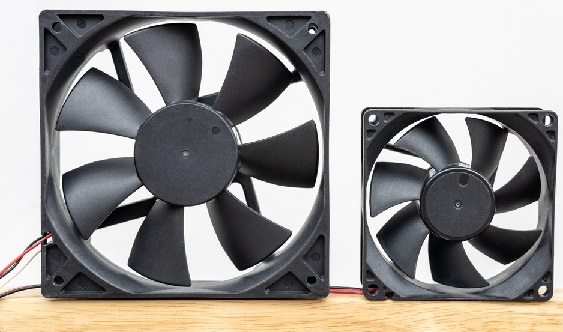
These are there to ensure proper airflow inside your computer case, preventing it from overheating. Not only do such fans cool down the overall temperatures of your computer, but they also offer fresh air to the CPU and GPU coolers inside your computers.
In other words, having the right case fans inside your computer is highly important to ensure proper performance at all times.
How Does a Case Fan Work?
Before checking further details and factors regarding case fans, some of you might also be interested in learning about the functioning of case fans. For the same, computer case fans use an electric motor which turns the fan blades. These fan blades are then shaped so that they move air in a particular direction. And depending on the fan orientation inside your computer case, this can either be the intake or exhaust fans.
What are the Different Types of Fans?
Even though the case fans of your computer are some of the most important ones, there are still other types of fans that you may find in computers. And if you want the best cooling performance for your computer, you should also know about these. Hence, make sure to learn about all these different types of computer fans:
1. Case Fan
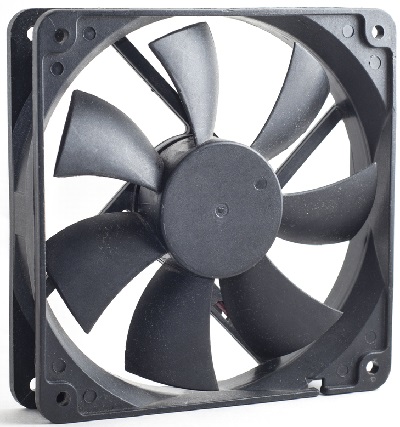
2. CPU Fan
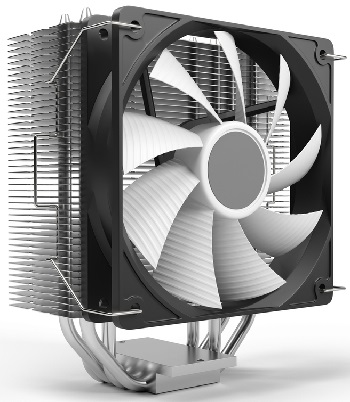
3. GPU Fan
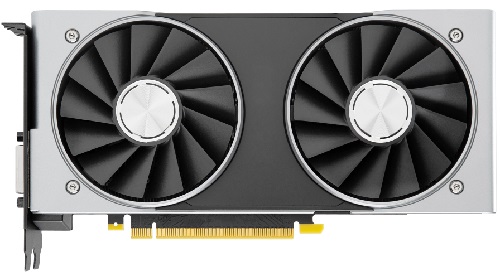
4. Expansion Slot Fan
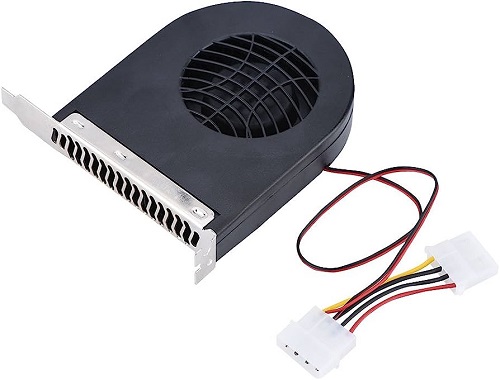
5. Power Supply Fan
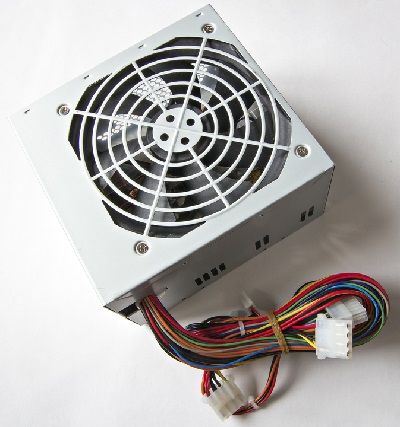
6. Laptop Fan
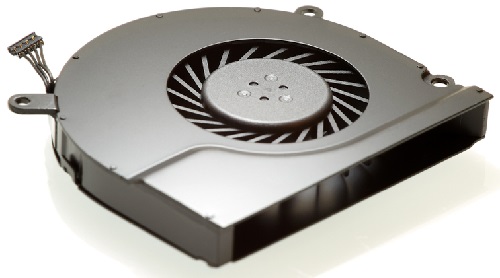
7. USB Fan
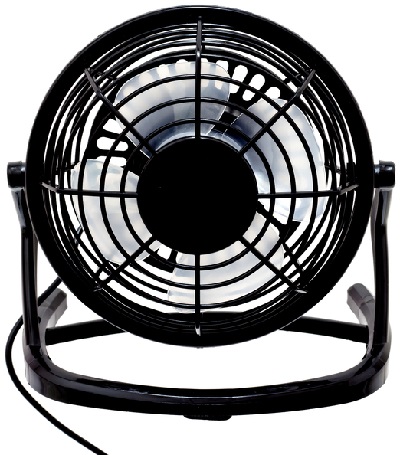
8. Water Cooling Radiator Fan
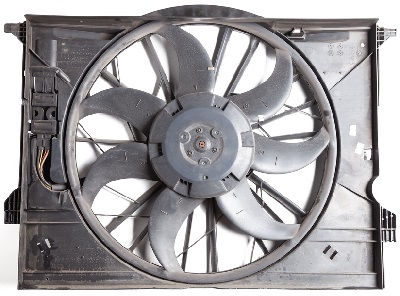
What are the Different Types of Case Fans?
Now that you know about the various types of cooling fans present in a computer, you might be interested in the case fans themselves. However, depending on your computer, choosing the right size of case fans is also highly important. Therefore, make sure to consider these different types of case fans before getting one for your computer:
1. 40 mm Case Fan
While 40 mm case fans are not the most common, they are viable for smaller computers like HTPCs or mini server builds. Because these fans are quite small in size, they offer a much higher speed rating of 8000 RPM or similar to compensate for their fan size.
2. 60 mm Case Fan
Like the smaller 40 mm case fan size, 60 mm case fans are also unpopular among users. However, if you have a small form factor computer build with no space for larger fans, a 60 mm case fan will do the job for you.
3. 80 mm Case Fan
While you can use an 80 mm fan as a case fan, these are more popular for use, along with CPU coolers and GPU coolers. Because of their given size, they are easy to mount on a CPU cooler while offering a pretty high-speed rating of 6000 to 7000 RPM which is perfect for using along with a CPU cooler.
4. 92 mm Case Fan
If you want slightly better performance than smaller fan sizes but don’t have the space for more common fan sizes, then going with a 92 mm case fan can be a great idea. Even though modern computer cases don’t support this fan size anymore, older OEM computers all use 92 mm case fans, making them viable for upgrades in an existing computer.
5. 120 mm Case Fan
Whenever you are talking about computer fans, it is safe to assume that you are first considering a 120 mm case fan size since it is the most popular one. Because of the given size, it is practical for intake, exhaust, CPU cooling, and other applications inside a computer.
6. 140 mm Case Fan
If you are going with a higher computer case, then it will also support the 140 mm case fan size and the 120 mm case fan size, which is perfect for higher-end computer builds. Because of the larger size with similar speed ratings, the 140 mm case fan offers the best performance, especially for water-cooling radiators.
7. 200 mm Case Fan
Even though only a few computer cases support this fan size, the 200 mm fan size is usually found in air flow oriented computer cases where the entire front area acts as an intake for your computer. And thanks to the massive size of these fans, they can move a large amount of air through your computer for easy cooling.
Different Types of Fan Connectors
Apart from being different in size, computer case fans can also differ in terms of the connectors they are using. And suppose you want to go with a case fan that is fully compatible with your computer. In that case, it is highly important to check the fan connectors and ensure they are compatible with the motherboard. Thankfully, there are only two types of fan connectors out there which include:
- 3-Pin Case Fans: 3-pin case fans are the older ones where the connector offers 3 pins. As for its functionality, such case fans offer voltage-based fan speed control, which offers limited control, especially if you want to achieve lower fan speeds with your case fans. Regarding the physical connector, a 3-pin case fan has 3 pins in total and works with your motherboard’s 3-pin and 4-pin connectors. However, even when connected to a 4-pin connector, it will only support voltage-based fan speed control.
- 4-Pin Case Fans: If you are going with newer case fans, it will most likely come with a 4-pin connector that uses 4 pins. This extra 4th pin in the connector supports PWM or Pulse Width Modulation-based fan speed control. With this, your case fans can easily go to much lower fan speeds. And as you would expect, the physical connector of such case fans uses a total of 4 pins. Thankfully, this 4-pin connector works with both 3-pin and 4-pin connectors found on computer motherboards. That said, if you are connecting a 4-pin case fan to a 3-pin header, it will only work with voltage-based fan speed control and not PWM.
Factors to Consider While Buying Case Fans
While the size and connector of your computer case fans are the two most important factors to remember while getting a case fan, there is still much more you should know. Therefore, make sure to check out all these factors before buying case fans for your computer:
1. Case Fan Design
Once you have selected a case fan size ideal for your requirements, you will find two types of fans: static air pressure and air flow. Compared with each other, static air pressure fans are viable for tighter computer cases and water-cooling radiators. But if you want to use air coolers inside your computer, you should use an airflow case fan, especially if you have a larger computer case.
2. Fan Noise
Since you might be using it for multiple hours at a go, the last thing you would want is to have something out in your office or bedroom. Thus, you should also check the fan noise rating of your computer case fans. And if you want something silent, you should go with a fan noise rating as low as possible.
3. Fan Bearing Type
If you want a case fan that can last long, you should also check its fan-bearing type. For the same, you will find primarily four types of fan bearings which include the following:
- Sleeve Bearings: These are the most basic types of bearings with a lifespan of around 50000 hours. Such fans are generally quite affordable.
- Ball Bearings: If you want something more reliable, then you can go with a ball bearing fan which will offer a lifespan of around 75000 hours with a slightly higher price tag.
- Fluid Bearings: Such bearings are generally found in high-end computer case fans since they are fairly silent and offer higher lifespan ratings of around 100000 hours.
- Magnetic Bearings: If you want the best possible bearings, going with the magnetic bearings is perfect for extremely low noise and a high-end lifespan rating of around 200000 hours.
4. Fan Lighting
Nowadays, almost everyone wants to add RGB lighting inside their computer, especially when talking about gaming PCs. And apart from installing RGB LED strips inside your computer, getting RGB fans is probably the best option if you want to customize the looks of your computer. Such case fans will have multiple LED lights where you can choose any color you like.
5. Fan Accessories
You can use all kinds of accessories to get the most out of your computer case fans. This not only includes the accessories included in the box, but it can also include third-party accessories. Some of the most handy accessories you can get for your computer case fans include silencers, fan grills, fan cable splitters, fan controllers, fan filters, fan hubs, and many more.
Types of Case Fans – FAQs
Ans: If you use water-cooling radiators, your computer will need static pressure-optimized fans. But if you have a larger computer case with air coolers inside, you should go for air flow-optimized fans.
Ans: While both intake and exhaust case fans are physically the same, they are installed in different orientations. And because of their orientation, they either pull air inside for intake or push air outside for exhaust from your computer. While the intake fans bring in fresh and cool air, the exhaust fans eliminate the hot air inside your computer.
Ans: PWM or Pulse Width Modulation is a feature supported by case fans where you get an extra 4th pin which carries the PWM signal. This signal allows your computer’s motherboard to control the fan speed by using a 5-volt or a 3.3-volt signal. Compared to older voltage-controlled fans, newer PWM fans allow for much more precision, especially when using lower fan speeds.
Ans: Even though both push and pull case fans offer very similar performance, it is recommended to go for a slight push inside your computer. Not only does this ensure the best possible performance, but it lowers dust build-up inside your computer over time.
Conclusion
Whether building a computer for the first time or upgrading your existing one, it is important to ensure it is cooled properly. And while getting a high-end CPU cooler for the same helps, both your CPU and GPU will run quite hot if you don’t have the right case fans. Hence, we have already discussed a complete guide on case fans which will help you pick the right case fans. We have also discussed other types of computer fans and important factors regarding case fans. Thus, if this guide has helped you properly cool your computer, leave your thoughts and suggestions in the comments section.

